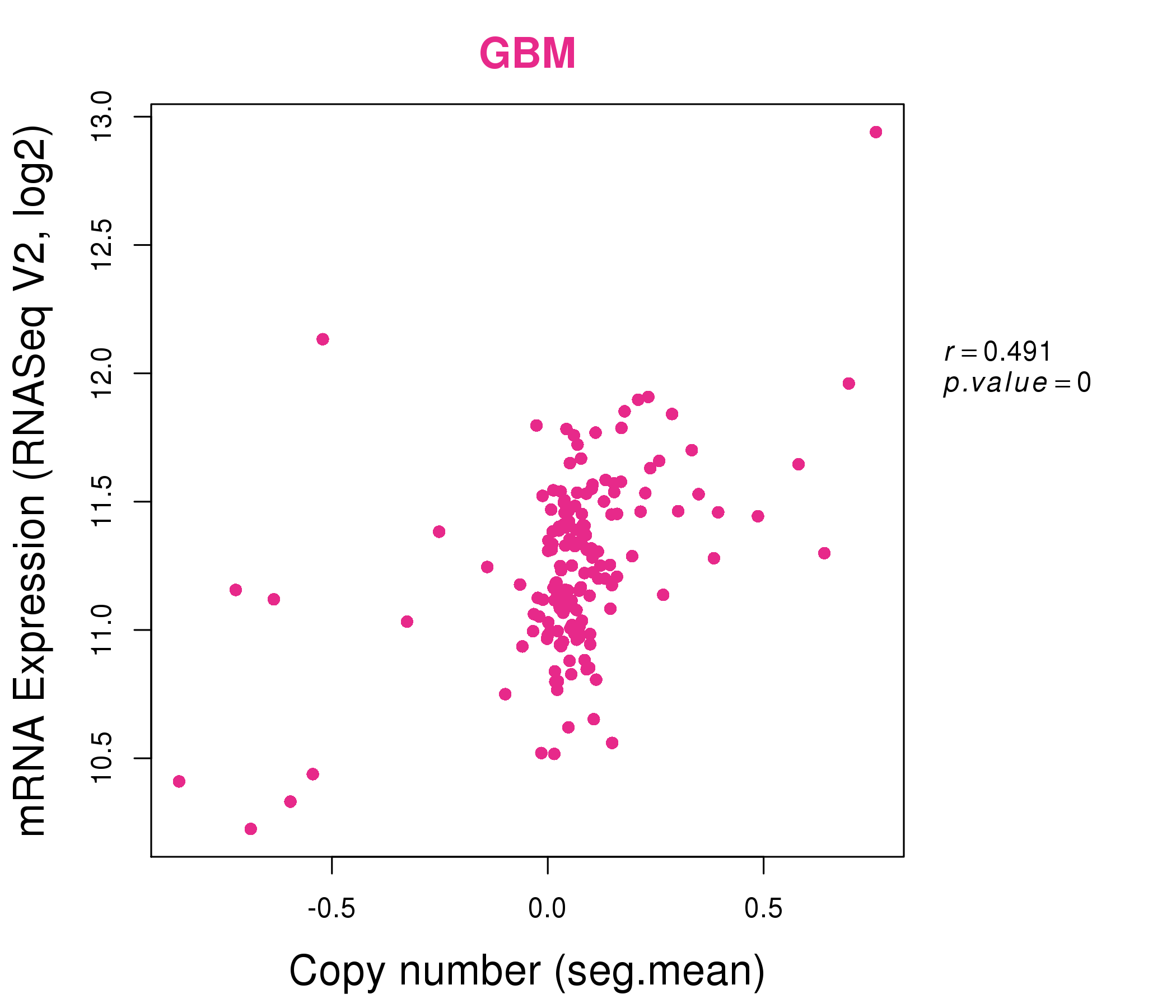|
|||||||||||||||||||||||||||||||||||||||||||||||||||||||||||||||||||||||||||||||||||||||||||||||||||||||||||||||||||||||||||||||||||||||||||||||||||||||||||||||||||||||||||||||||||||||||||||||||||||||||||||||||||||||||||||||||||||||||||||||||||||||||||||||||||||||||||||||||||||||||||||||||||||||||||||||||||||||||||||||||||||||||||||||||||||||||||||||||||||||||||||||||||||||||||||||||||||||||||||||||||||||||||||||||||||||||||||||||||||||||||||||
| |
| Phenotypic Information (metabolism pathway, cancer, disease, phenome) |
| |
| |
| Gene-Gene Network Information: Co-Expression Network, Interacting Genes & KEGG |
| |
|
| Gene Summary for EPRS |
| Basic gene info. | Gene symbol | EPRS |
| Gene name | glutamyl-prolyl-tRNA synthetase | |
| Synonyms | EARS|GLUPRORS|PARS|QARS|QPRS | |
| Cytomap | UCSC genome browser: 1q41 | |
| Genomic location | chr1 :220141941-220220000 | |
| Type of gene | protein-coding | |
| RefGenes | NM_004446.2, | |
| Ensembl id | ENSG00000136628 | |
| Description | bifunctional aminoacyl-tRNA synthetasebifunctional glutamate/proline--tRNA ligasecell proliferation-inducing gene 32 proteinglutamate tRNA ligaseglutamatyl-prolyl-tRNA synthetaseglutaminyl-tRNA synthetaseproliferation-inducing gene 32 proteinprolif | |
| Modification date | 20141207 | |
| dbXrefs | MIM : 138295 | |
| HGNC : HGNC | ||
| Ensembl : ENSG00000136628 | ||
| HPRD : 00703 | ||
| Vega : OTTHUMG00000037433 | ||
| Protein | UniProt: go to UniProt's Cross Reference DB Table | |
| Expression | CleanEX: HS_EPRS | |
| BioGPS: 2058 | ||
| Gene Expression Atlas: ENSG00000136628 | ||
| The Human Protein Atlas: ENSG00000136628 | ||
| Pathway | NCI Pathway Interaction Database: EPRS | |
| KEGG: EPRS | ||
| REACTOME: EPRS | ||
| ConsensusPathDB | ||
| Pathway Commons: EPRS | ||
| Metabolism | MetaCyc: EPRS | |
| HUMANCyc: EPRS | ||
| Regulation | Ensembl's Regulation: ENSG00000136628 | |
| miRBase: chr1 :220,141,941-220,220,000 | ||
| TargetScan: NM_004446 | ||
| cisRED: ENSG00000136628 | ||
| Context | iHOP: EPRS | |
| cancer metabolism search in PubMed: EPRS | ||
| UCL Cancer Institute: EPRS | ||
| Assigned class in ccmGDB | C | |
| Top |
| Phenotypic Information for EPRS(metabolism pathway, cancer, disease, phenome) |
| Cancer | CGAP: EPRS |
| Familial Cancer Database: EPRS | |
| * This gene is included in those cancer gene databases. |
|
|
|
|
|
|
| |||||||||||||||||||||||||||||||||||||||||||||||||||||||||||||||||||||||||||||||||||||||||||||||||||||||||||||||||||||||||||||||||||||||||||||||||||||||||||||||||||||||||||||||||||||||||||||||||||||||||||||||||||||||||||||||||||||||||||||||||||||||||||||||||||||||||||||||||||||||||||||||||||||||||||||||||||||||||||||||||||||||||||||||||||||||||||||||||||||||||||||||||||||||||||||||||||||||||||||||||||||||||||||||||||||||||||||||||||||||||
Oncogene 1 | Significant driver gene in | ||||||||||||||||||||||||||||||||||||||||||||||||||||||||||||||||||||||||||||||||||||||||||||||||||||||||||||||||||||||||||||||||||||||||||||||||||||||||||||||||||||||||||||||||||||||||||||||||||||||||||||||||||||||||||||||||||||||||||||||||||||||||||||||||||||||||||||||||||||||||||||||||||||||||||||||||||||||||||||||||||||||||||||||||||||||||||||||||||||||||||||||||||||||||||||||||||||||||||||||||||||||||||||||||||||||||||||||||||||||||||||||
| cf) number; DB name 1 Oncogene; http://nar.oxfordjournals.org/content/35/suppl_1/D721.long, 2 Tumor Suppressor gene; https://bioinfo.uth.edu/TSGene/, 3 Cancer Gene Census; http://www.nature.com/nrc/journal/v4/n3/abs/nrc1299.html, 4 CancerGenes; http://nar.oxfordjournals.org/content/35/suppl_1/D721.long, 5 Network of Cancer Gene; http://ncg.kcl.ac.uk/index.php, 1Therapeutic Vulnerabilities in Cancer; http://cbio.mskcc.org/cancergenomics/statius/ |
| KEGG_PORPHYRIN_AND_CHLOROPHYLL_METABOLISM | |
| OMIM | |
| Orphanet | |
| Disease | KEGG Disease: EPRS |
| MedGen: EPRS (Human Medical Genetics with Condition) | |
| ClinVar: EPRS | |
| Phenotype | MGI: EPRS (International Mouse Phenotyping Consortium) |
| PhenomicDB: EPRS | |
| Mutations for EPRS |
| * Under tables are showing count per each tissue to give us broad intuition about tissue specific mutation patterns.You can go to the detailed page for each mutation database's web site. |
| There's no structural variation information in COSMIC data for this gene. |
| * From mRNA Sanger sequences, Chitars2.0 arranged chimeric transcripts. This table shows EPRS related fusion information. |
| ID | Head Gene | Tail Gene | Accession | Gene_a | qStart_a | qEnd_a | Chromosome_a | tStart_a | tEnd_a | Gene_a | qStart_a | qEnd_a | Chromosome_a | tStart_a | tEnd_a |
| Top |
| Mutation type/ Tissue ID | brca | cns | cerv | endome | haematopo | kidn | Lintest | liver | lung | ns | ovary | pancre | prost | skin | stoma | thyro | urina | |||
| Total # sample | 7 | 2 | 1 | 2 | 1 | |||||||||||||||
| GAIN (# sample) | 7 | 2 | 1 | 1 | 1 | |||||||||||||||
| LOSS (# sample) | 1 |
| cf) Tissue ID; Tissue type (1; Breast, 2; Central_nervous_system, 3; Cervix, 4; Endometrium, 5; Haematopoietic_and_lymphoid_tissue, 6; Kidney, 7; Large_intestine, 8; Liver, 9; Lung, 10; NS, 11; Ovary, 12; Pancreas, 13; Prostate, 14; Skin, 15; Stomach, 16; Thyroid, 17; Urinary_tract) |
| Top |
|
 |
| Top |
| Stat. for Non-Synonymous SNVs (# total SNVs=120) | (# total SNVs=26) |
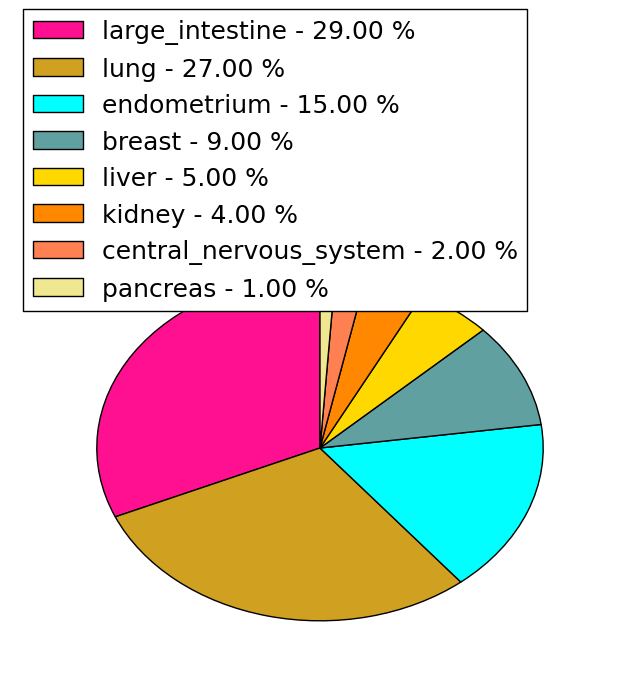 | 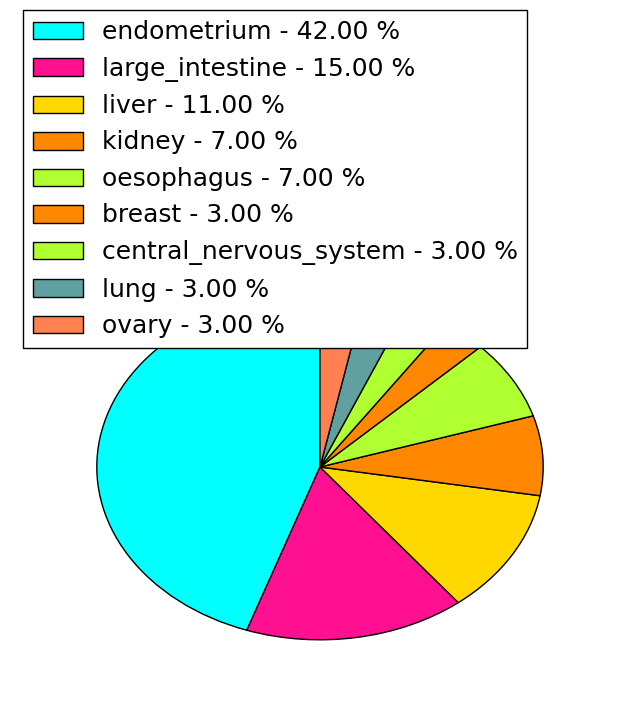 |
(# total SNVs=6) | (# total SNVs=2) |
 | 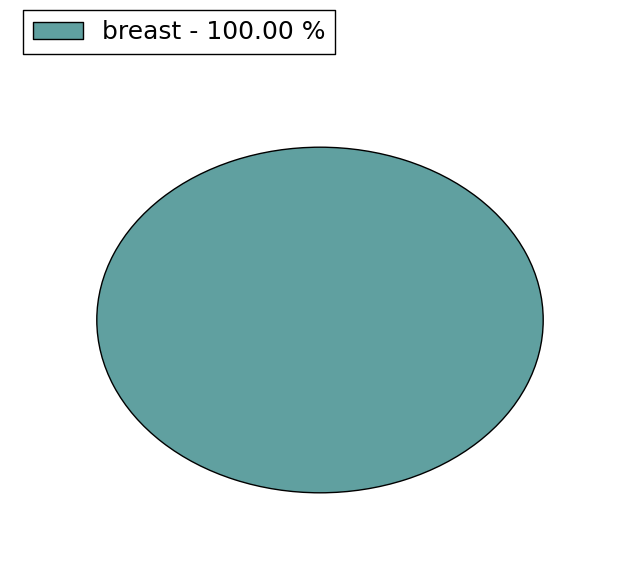 |
| Top |
| * When you move the cursor on each content, you can see more deailed mutation information on the Tooltip. Those are primary_site,primary_histology,mutation(aa),pubmedID. |
| GRCh37 position | Mutation(aa) | Unique sampleID count |
| chr1:220142172-220142172 | p.Y1505Y | 3 |
| chr1:220151974-220151974 | p.R1333* | 3 |
| chr1:220195731-220195731 | p.R358H | 2 |
| chr1:220151891-220151891 | p.L1360L | 2 |
| chr1:220174538-220174538 | p.K708R | 2 |
| chr1:220170582-220170582 | p.D762N | 2 |
| chr1:220208271-220208271 | p.L72L | 2 |
| chr1:220170392-220170392 | p.S825Y | 2 |
| chr1:220197801-220197801 | p.? | 2 |
| chr1:220170408-220170408 | p.I820L | 2 |
| Top |
|
 |
| Point Mutation/ Tissue ID | 1 | 2 | 3 | 4 | 5 | 6 | 7 | 8 | 9 | 10 | 11 | 12 | 13 | 14 | 15 | 16 | 17 | 18 | 19 | 20 |
| # sample | 4 | 3 | 18 | 2 | 3 | 5 | 16 | 10 | 2 | 1 | 11 | 11 | 1 | 21 | ||||||
| # mutation | 4 | 3 | 21 | 2 | 3 | 5 | 21 | 12 | 2 | 1 | 11 | 12 | 1 | 27 | ||||||
| nonsynonymous SNV | 3 | 3 | 20 | 2 | 2 | 3 | 20 | 12 | 1 | 1 | 8 | 7 | 1 | 16 | ||||||
| synonymous SNV | 1 | 1 | 1 | 2 | 1 | 1 | 3 | 5 | 11 |
| cf) Tissue ID; Tissue type (1; BLCA[Bladder Urothelial Carcinoma], 2; BRCA[Breast invasive carcinoma], 3; CESC[Cervical squamous cell carcinoma and endocervical adenocarcinoma], 4; COAD[Colon adenocarcinoma], 5; GBM[Glioblastoma multiforme], 6; Glioma Low Grade, 7; HNSC[Head and Neck squamous cell carcinoma], 8; KICH[Kidney Chromophobe], 9; KIRC[Kidney renal clear cell carcinoma], 10; KIRP[Kidney renal papillary cell carcinoma], 11; LAML[Acute Myeloid Leukemia], 12; LUAD[Lung adenocarcinoma], 13; LUSC[Lung squamous cell carcinoma], 14; OV[Ovarian serous cystadenocarcinoma ], 15; PAAD[Pancreatic adenocarcinoma], 16; PRAD[Prostate adenocarcinoma], 17; SKCM[Skin Cutaneous Melanoma], 18:STAD[Stomach adenocarcinoma], 19:THCA[Thyroid carcinoma], 20:UCEC[Uterine Corpus Endometrial Carcinoma]) |
| Top |
| * We represented just top 10 SNVs. When you move the cursor on each content, you can see more deailed mutation information on the Tooltip. Those are primary_site, primary_histology, mutation(aa), pubmedID. |
| Genomic Position | Mutation(aa) | Unique sampleID count |
| chr1:220195819 | p.I492I | 2 |
| chr1:220146601 | p.G329W | 2 |
| chr1:220170392 | p.L72L | 2 |
| chr1:220191809 | p.I1408T | 2 |
| chr1:220208271 | p.S825F | 2 |
| chr1:220170582 | p.D762N | 2 |
| chr1:220195731 | p.R358H | 2 |
| chr1:220208321 | p.F1483L | 1 |
| chr1:220153534 | p.D353V | 1 |
| chr1:220162113 | p.S1232R | 1 |
| * Copy number data were extracted from TCGA using R package TCGA-Assembler. The URLs of all public data files on TCGA DCC data server were gathered on Jan-05-2015. Function ProcessCNAData in TCGA-Assembler package was used to obtain gene-level copy number value which is calculated as the average copy number of the genomic region of a gene. |
 |
| cf) Tissue ID[Tissue type]: BLCA[Bladder Urothelial Carcinoma], BRCA[Breast invasive carcinoma], CESC[Cervical squamous cell carcinoma and endocervical adenocarcinoma], COAD[Colon adenocarcinoma], GBM[Glioblastoma multiforme], Glioma Low Grade, HNSC[Head and Neck squamous cell carcinoma], KICH[Kidney Chromophobe], KIRC[Kidney renal clear cell carcinoma], KIRP[Kidney renal papillary cell carcinoma], LAML[Acute Myeloid Leukemia], LUAD[Lung adenocarcinoma], LUSC[Lung squamous cell carcinoma], OV[Ovarian serous cystadenocarcinoma ], PAAD[Pancreatic adenocarcinoma], PRAD[Prostate adenocarcinoma], SKCM[Skin Cutaneous Melanoma], STAD[Stomach adenocarcinoma], THCA[Thyroid carcinoma], UCEC[Uterine Corpus Endometrial Carcinoma] |
| Top |
| Gene Expression for EPRS |
| * CCLE gene expression data were extracted from CCLE_Expression_Entrez_2012-10-18.res: Gene-centric RMA-normalized mRNA expression data. |
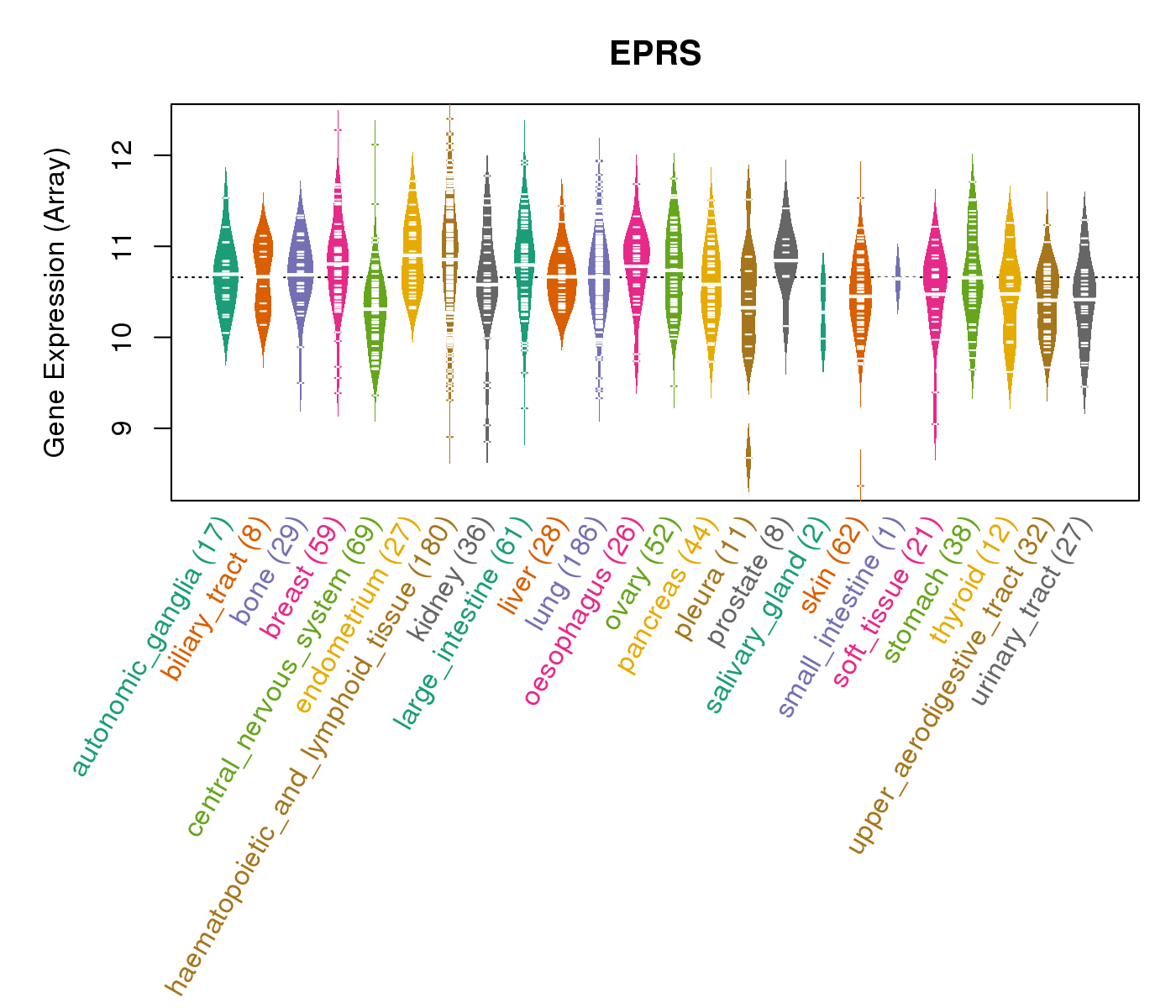 |
| * Normalized gene expression data of RNASeqV2 was extracted from TCGA using R package TCGA-Assembler. The URLs of all public data files on TCGA DCC data server were gathered at Jan-05-2015. Only eight cancer types have enough normal control samples for differential expression analysis. (t test, adjusted p<0.05 (using Benjamini-Hochberg FDR)) |
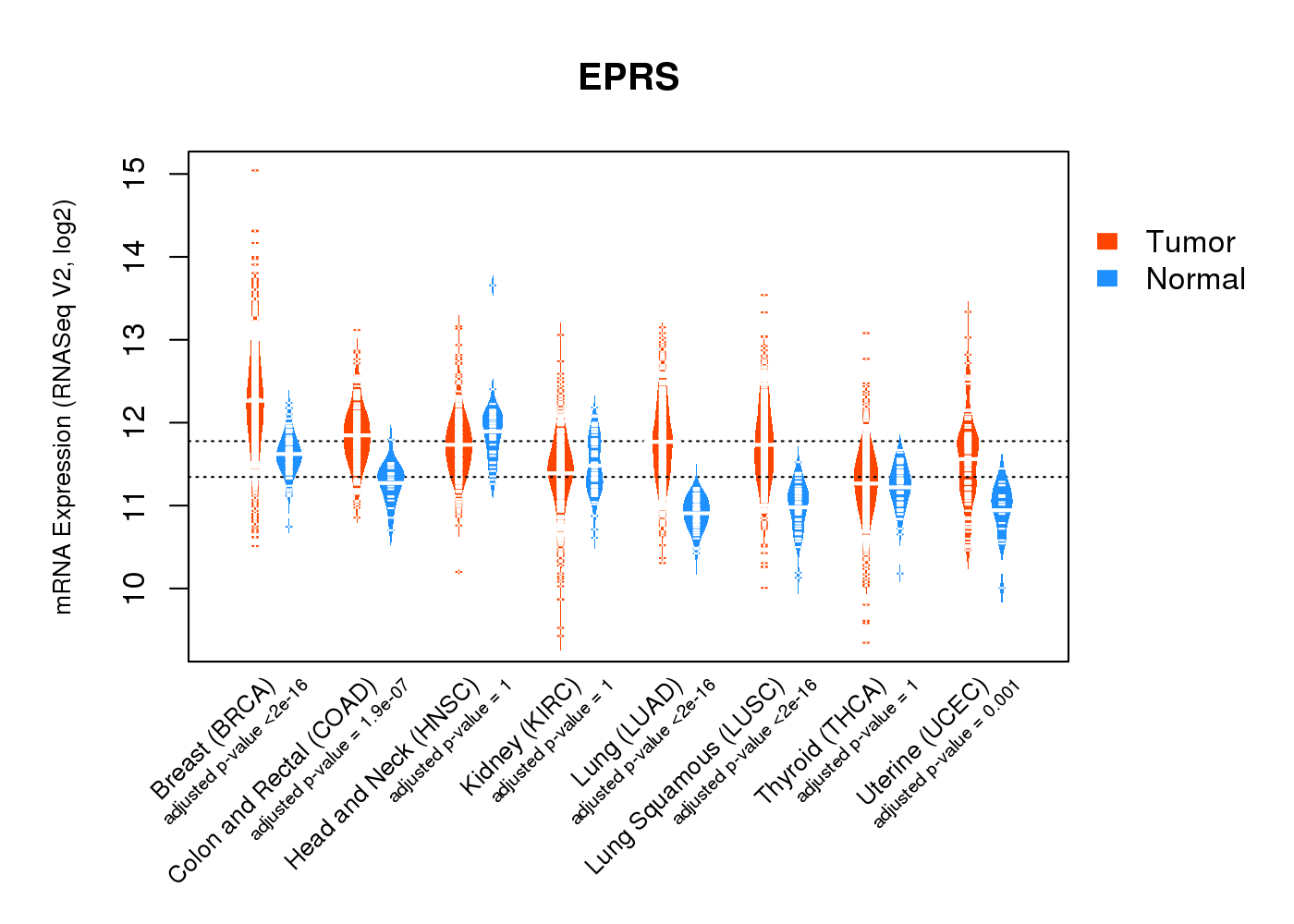 |
| Top |
| * This plots show the correlation between CNV and gene expression. |
: Open all plots for all cancer types
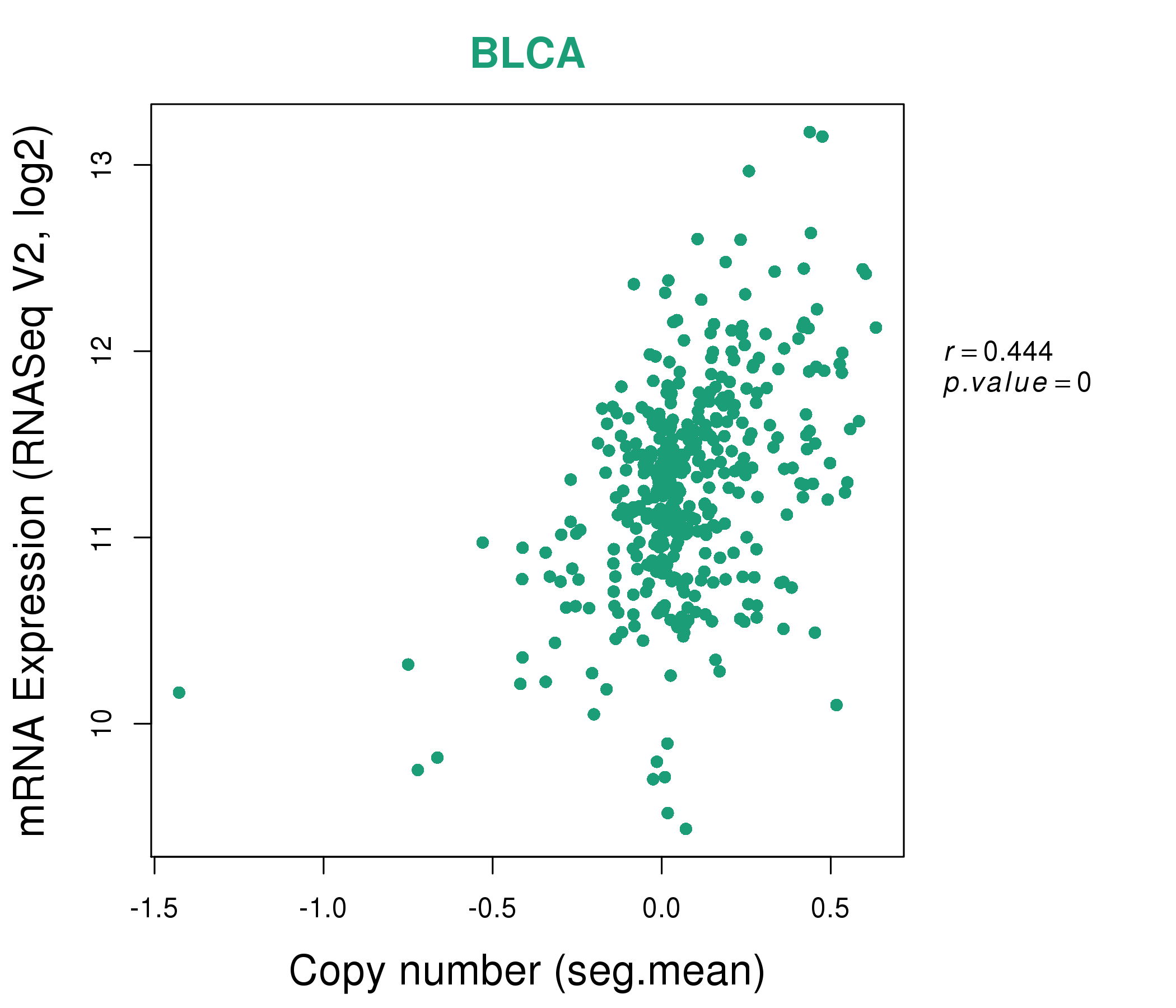 |
|
 |
|
| Top |
| Gene-Gene Network Information |
| * Co-Expression network figures were drawn using R package igraph. Only the top 20 genes with the highest correlations were shown. Red circle: input gene, orange circle: cell metabolism gene, sky circle: other gene |
: Open all plots for all cancer types
 |
| ||||
| ACBD3,AHCTF1,BPNT1,DIEXF,SPRTN,BROX,EPRS, FBXO28,HEATR1,IARS2,LIN9,NUP133,DESI2,RAB3GAP2, RRP15,TAF1A,TAF5L,TFB2M,UCHL5,URB2,ZNF124 | TRAPPC11,CKAP5,CSNK2A3,DYM,EPRS,IARS,IPO7, NLN,NUP155,OSBP,PCM1,POLR2B,PRKDC,SKIV2L2, TTC37,TUBGCP4,UCHL5,USP7,YME1L1,ZFR,ZRANB3 | ||||
 |
| ||||
| ADSS,AHCTF1,ATF6,DIEXF,COG2,EPRS,FBXO28, FH,GABPB2,HEATR1,IARS2,IPO9,KIAA1804,NDUFS2, NUP133,PPP1R15B,RAB4A,RBBP5,TAF5L,TTC13,URB2 | AQR,ASCC3,BMS1,DDX46,DHX9,EIF4G1,EPRS, HNRNPK,HNRNPU,IDE,FOCAD,KPNB1,NRD1,PRKDC, PSME4,SF3B3,TRIP12,UGGT1,VCP,VPRBP,XPO5 |
| * Co-Expression network figures were drawn using R package igraph. Only the top 20 genes with the highest correlations were shown. Red circle: input gene, orange circle: cell metabolism gene, sky circle: other gene |
: Open all plots for all cancer types
| Top |
: Open all interacting genes' information including KEGG pathway for all interacting genes from DAVID
| Top |
| Pharmacological Information for EPRS |
| DB Category | DB Name | DB's ID and Url link |
| * Gene Centered Interaction Network. |
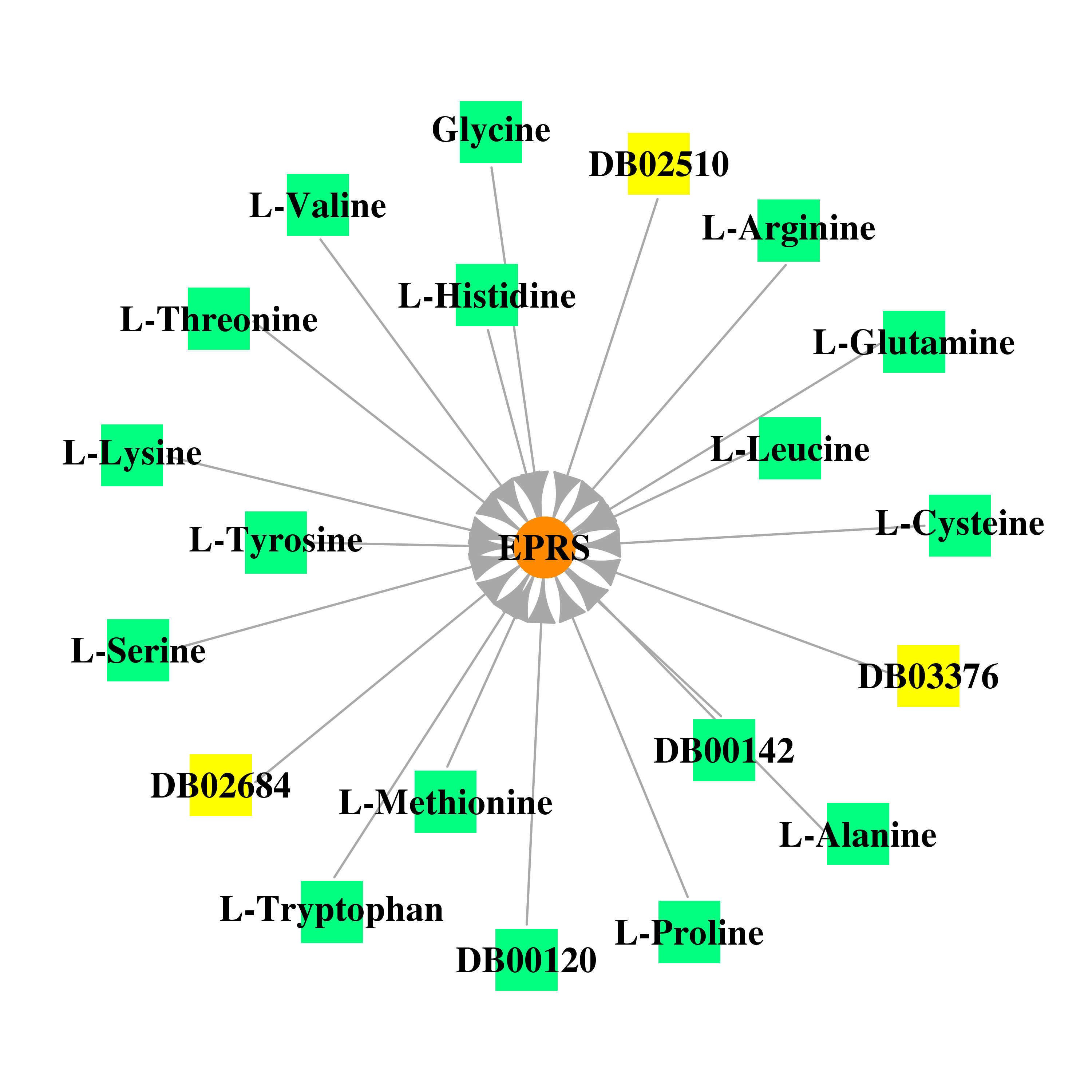 |
| * Drug Centered Interaction Network. |
| DrugBank ID | Target Name | Drug Groups | Generic Name | Drug Centered Network | Drug Structure |
| DB00142 | glutamyl-prolyl-tRNA synthetase | approved; nutraceutical | L-Glutamic Acid | 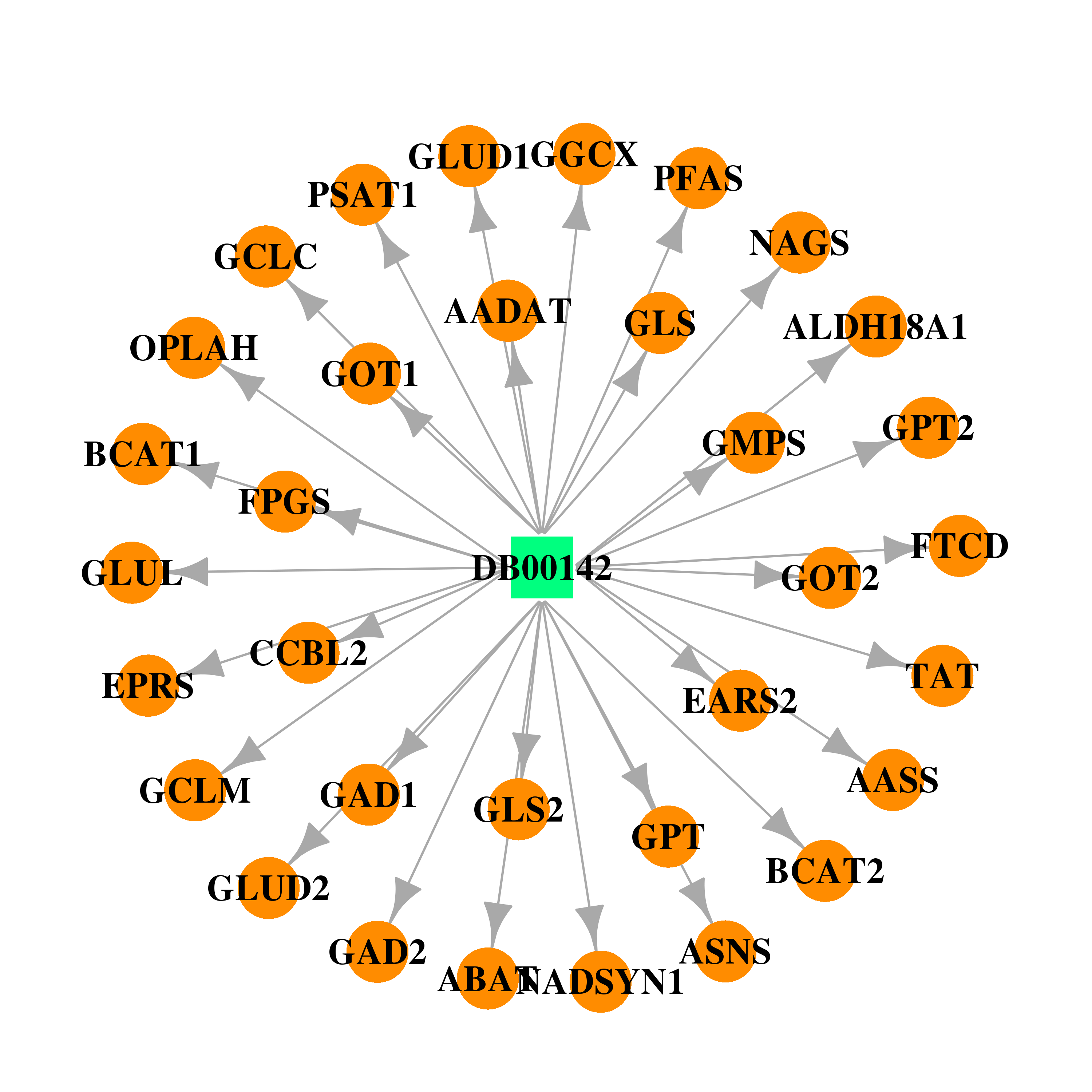 | 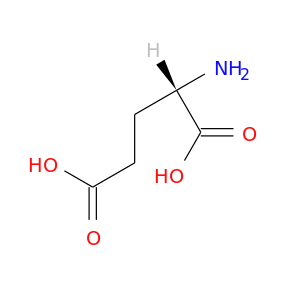 |
| DB00172 | glutamyl-prolyl-tRNA synthetase | approved; nutraceutical | L-Proline |  |  |
| DB02510 | glutamyl-prolyl-tRNA synthetase | experimental | '5'-O-(N-(L-Prolyl)-Sulfamoyl)Adenosine | 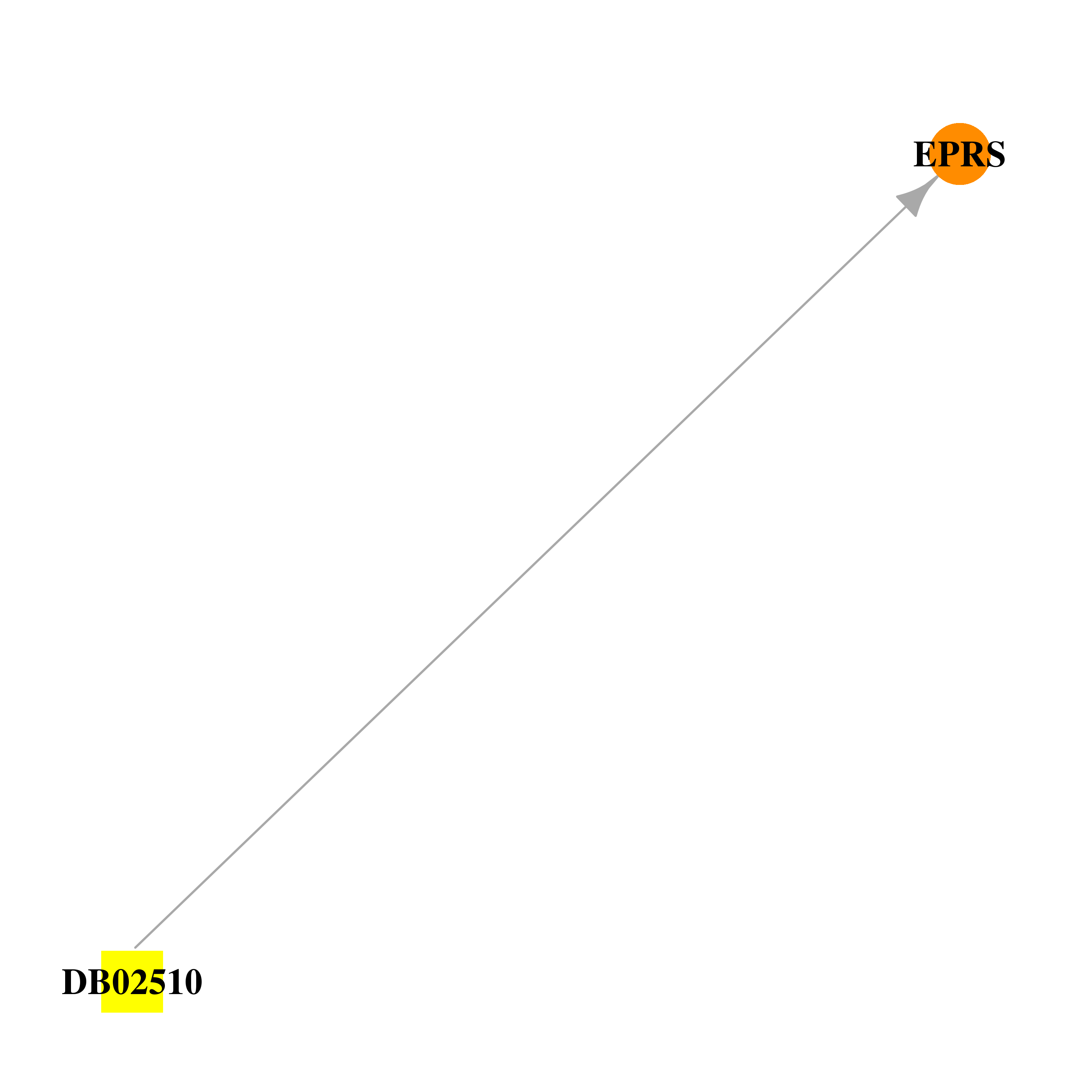 |  |
| DB02684 | glutamyl-prolyl-tRNA synthetase | experimental | 5'-O-(N-(L-Cysteinyl)-Sulfamoyl)Adenosine | 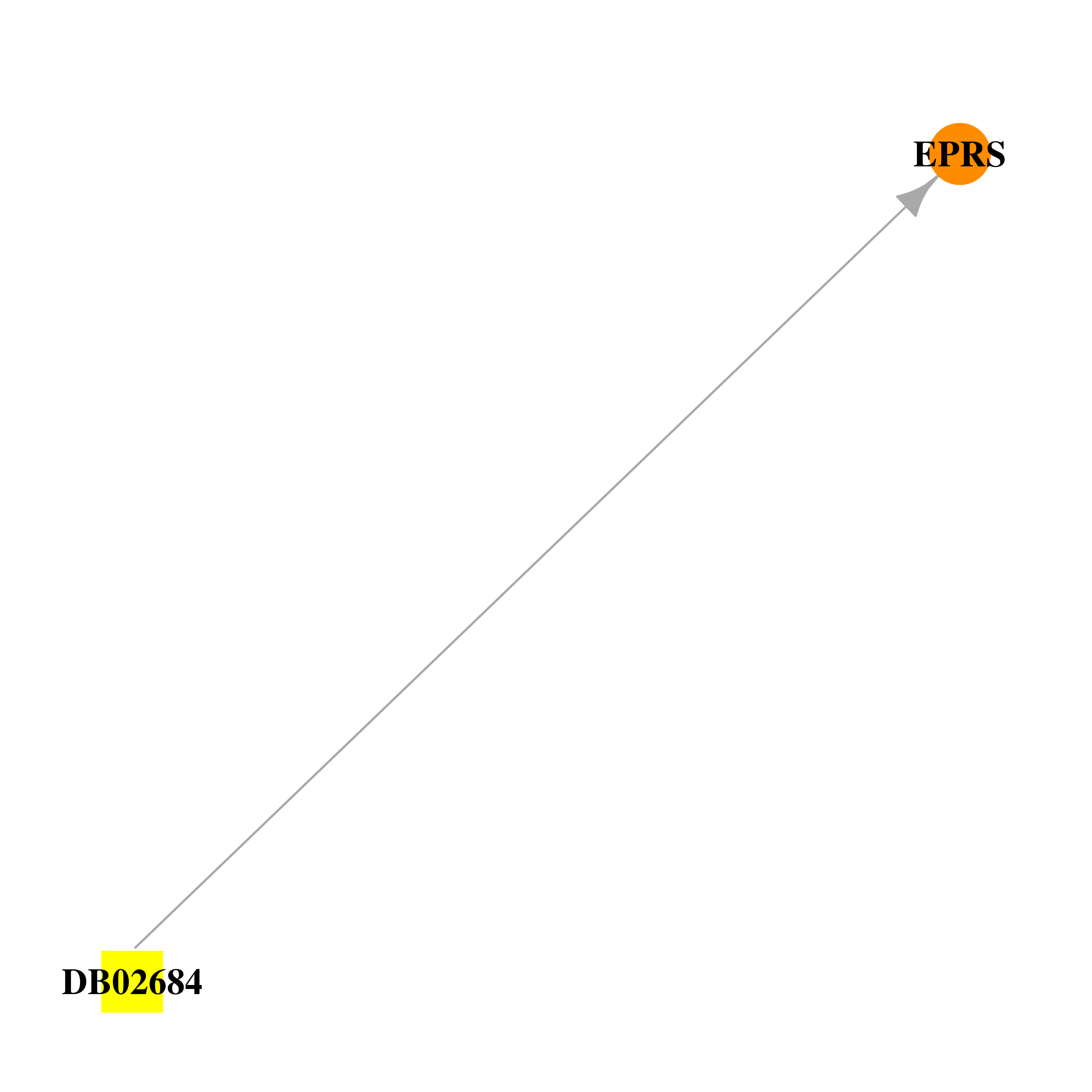 |  |
| DB03376 | glutamyl-prolyl-tRNA synthetase | experimental | '5'-O-(N-(L-Alanyl)-Sulfamoyl)Adenosine |  | 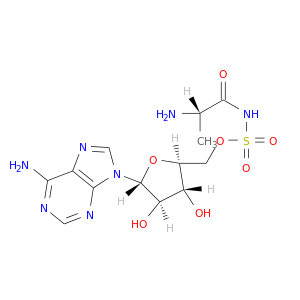 |
| DB00145 | glutamyl-prolyl-tRNA synthetase | approved; nutraceutical | Glycine | 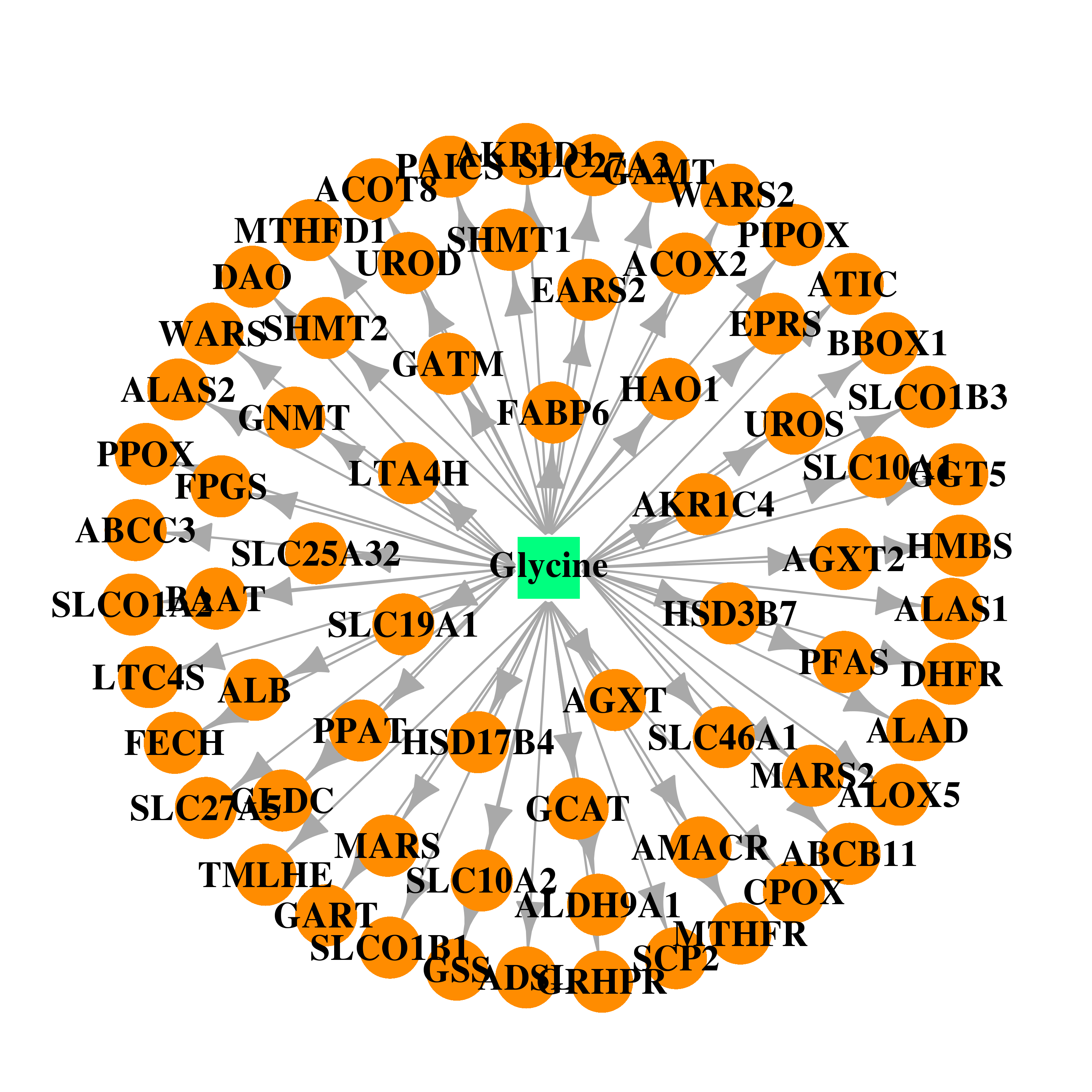 | 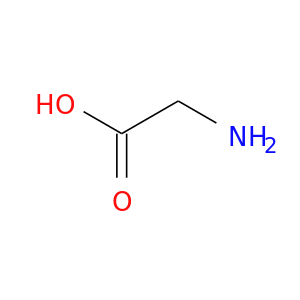 |
| DB00160 | glutamyl-prolyl-tRNA synthetase | approved; nutraceutical | L-Alanine |  | 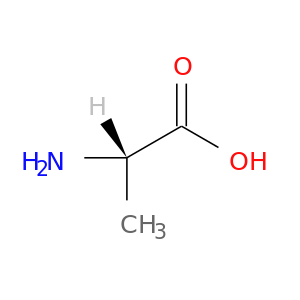 |
| DB00125 | glutamyl-prolyl-tRNA synthetase | approved; nutraceutical | L-Arginine | 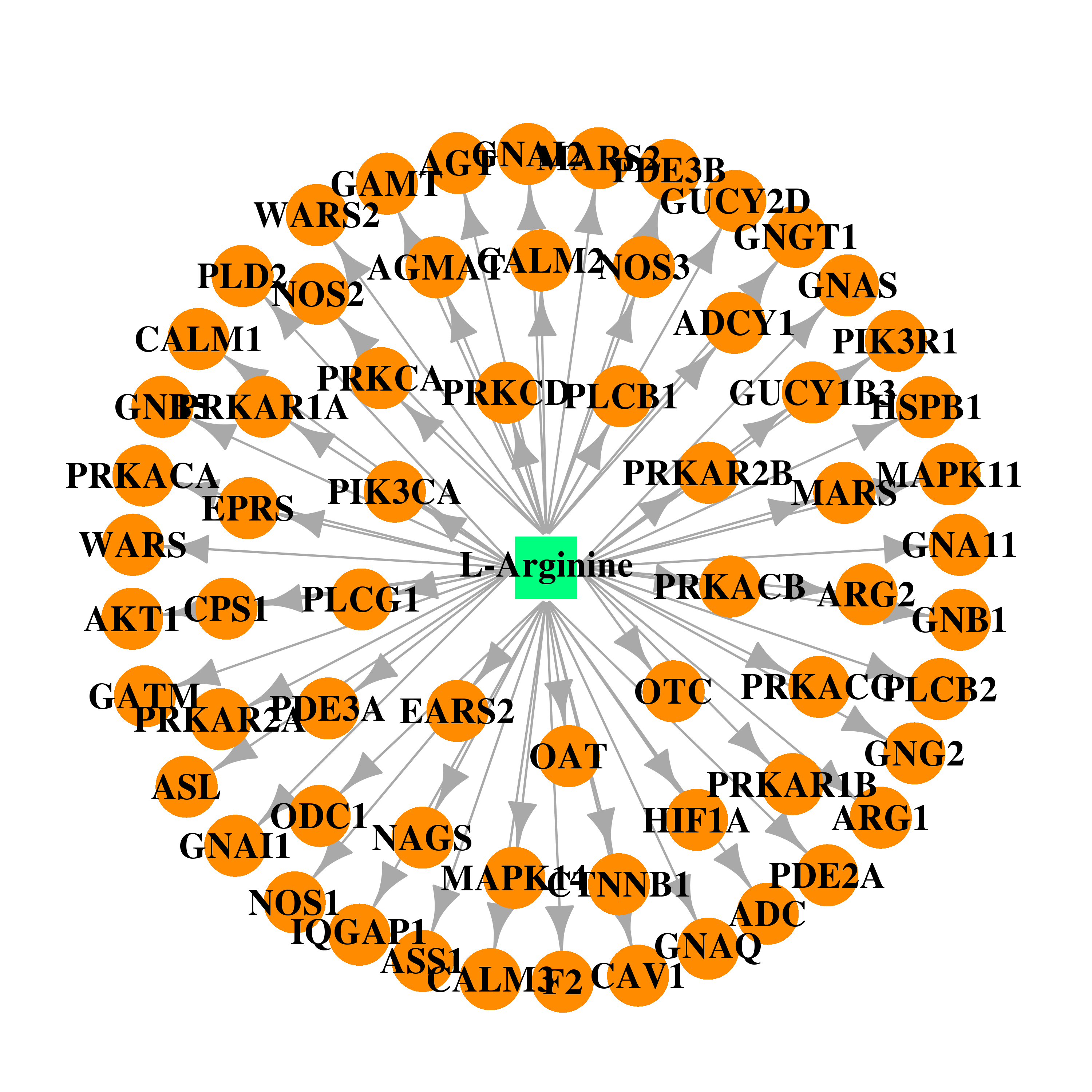 | 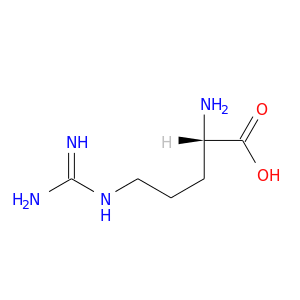 |
| DB00151 | glutamyl-prolyl-tRNA synthetase | approved; nutraceutical | L-Cysteine | 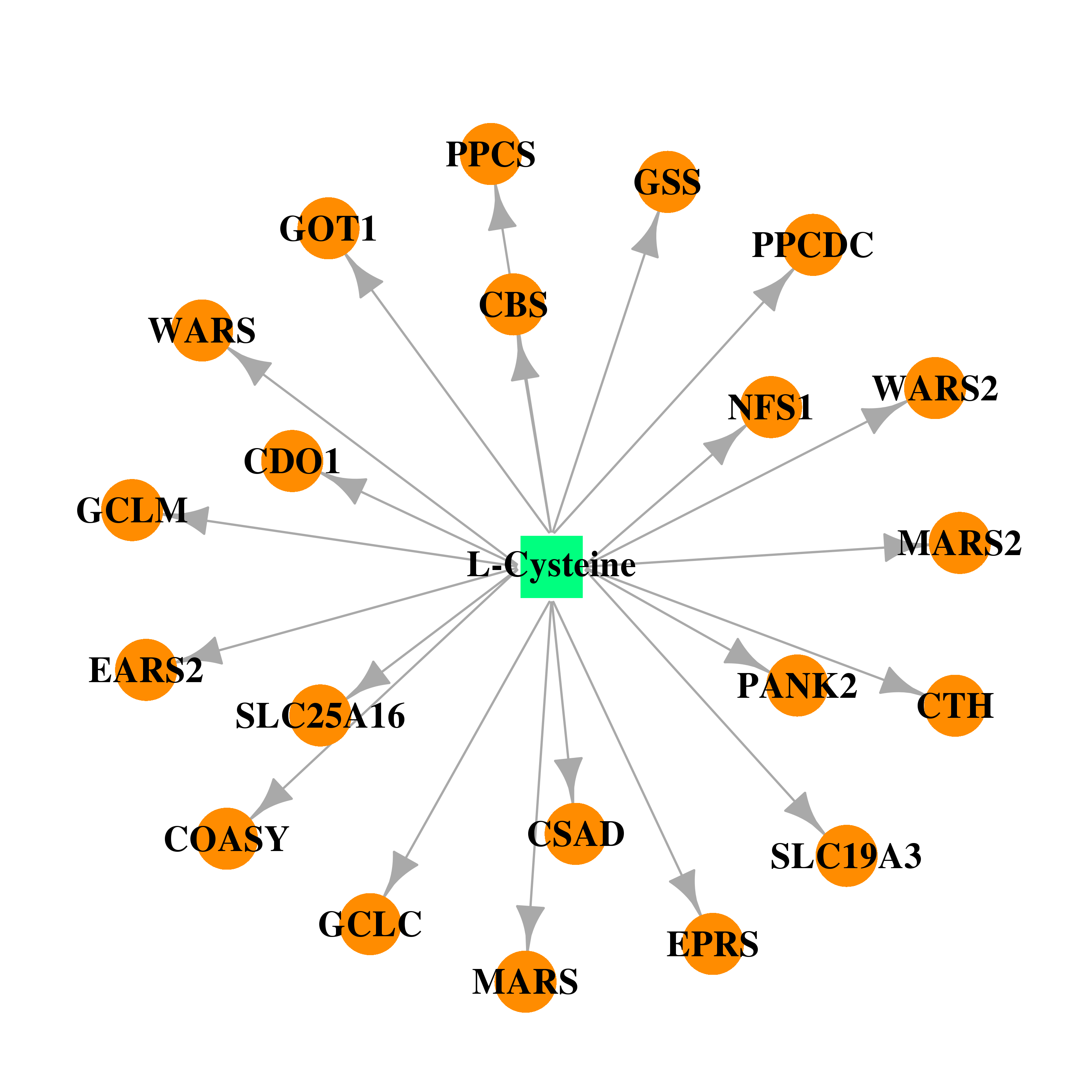 | 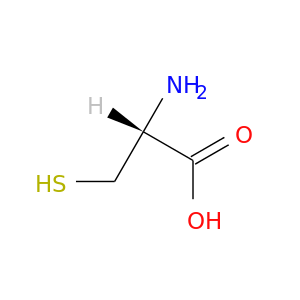 |
| DB00130 | glutamyl-prolyl-tRNA synthetase | approved; nutraceutical; investigational | L-Glutamine |  | 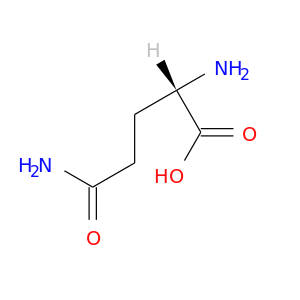 |
| DB00117 | glutamyl-prolyl-tRNA synthetase | approved; nutraceutical | L-Histidine | 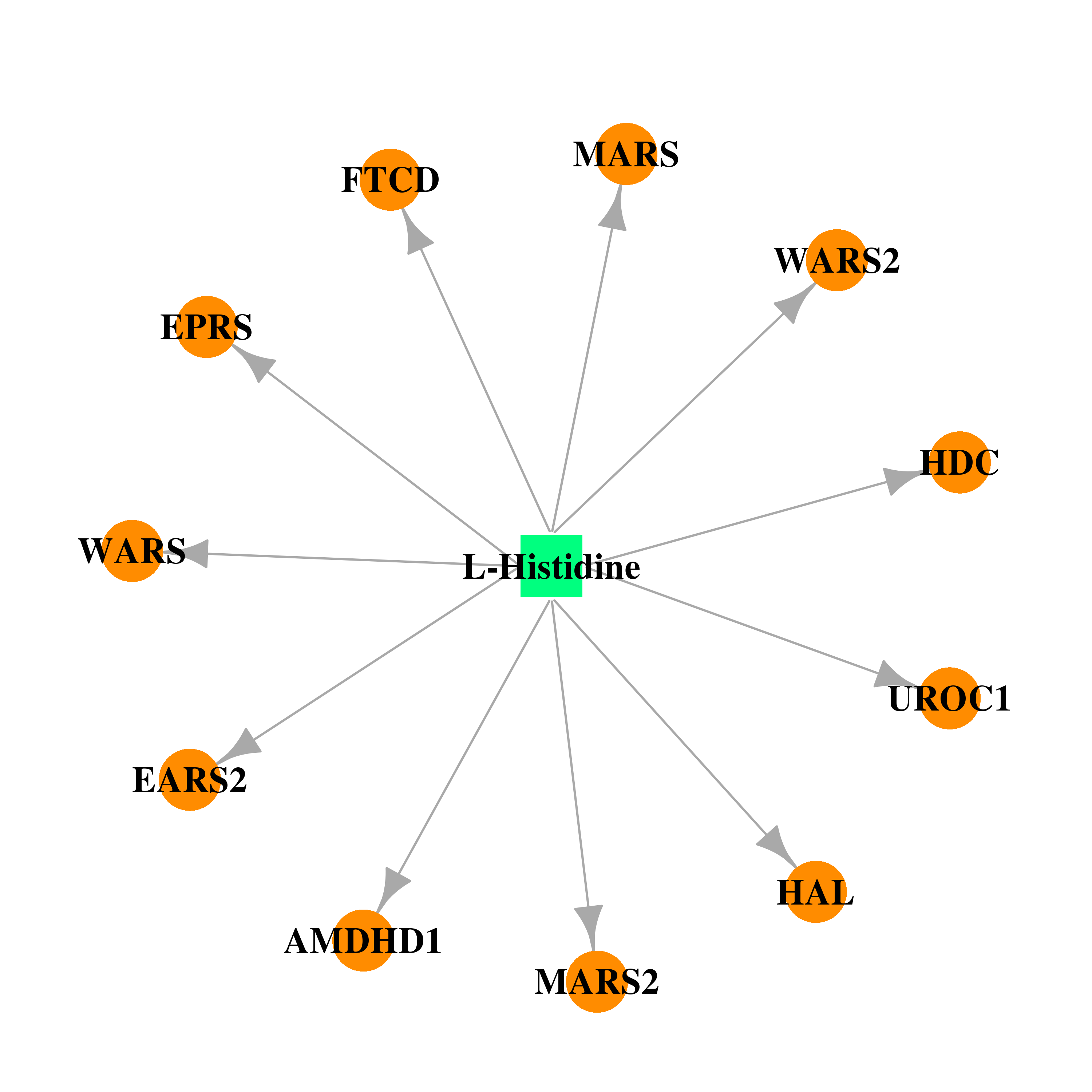 | 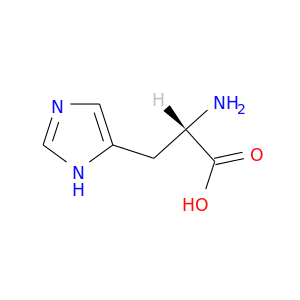 |
| DB00149 | glutamyl-prolyl-tRNA synthetase | approved; nutraceutical | L-Leucine |  |  |
| DB00123 | glutamyl-prolyl-tRNA synthetase | approved; nutraceutical | L-Lysine | 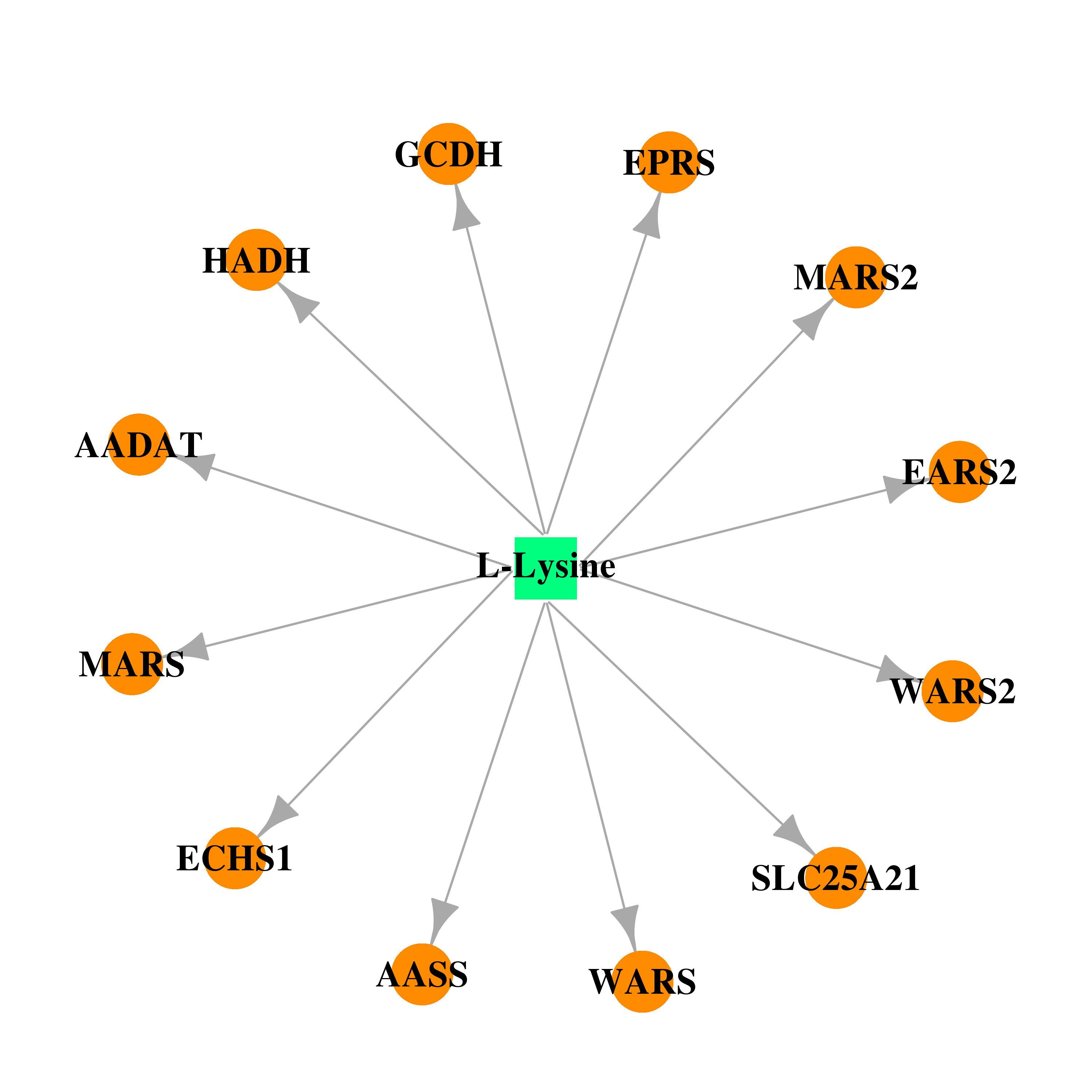 | 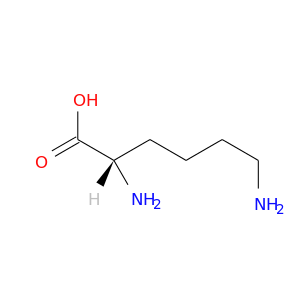 |
| DB00134 | glutamyl-prolyl-tRNA synthetase | approved; nutraceutical | L-Methionine |  |  |
| DB00120 | glutamyl-prolyl-tRNA synthetase | approved; nutraceutical | L-Phenylalanine | 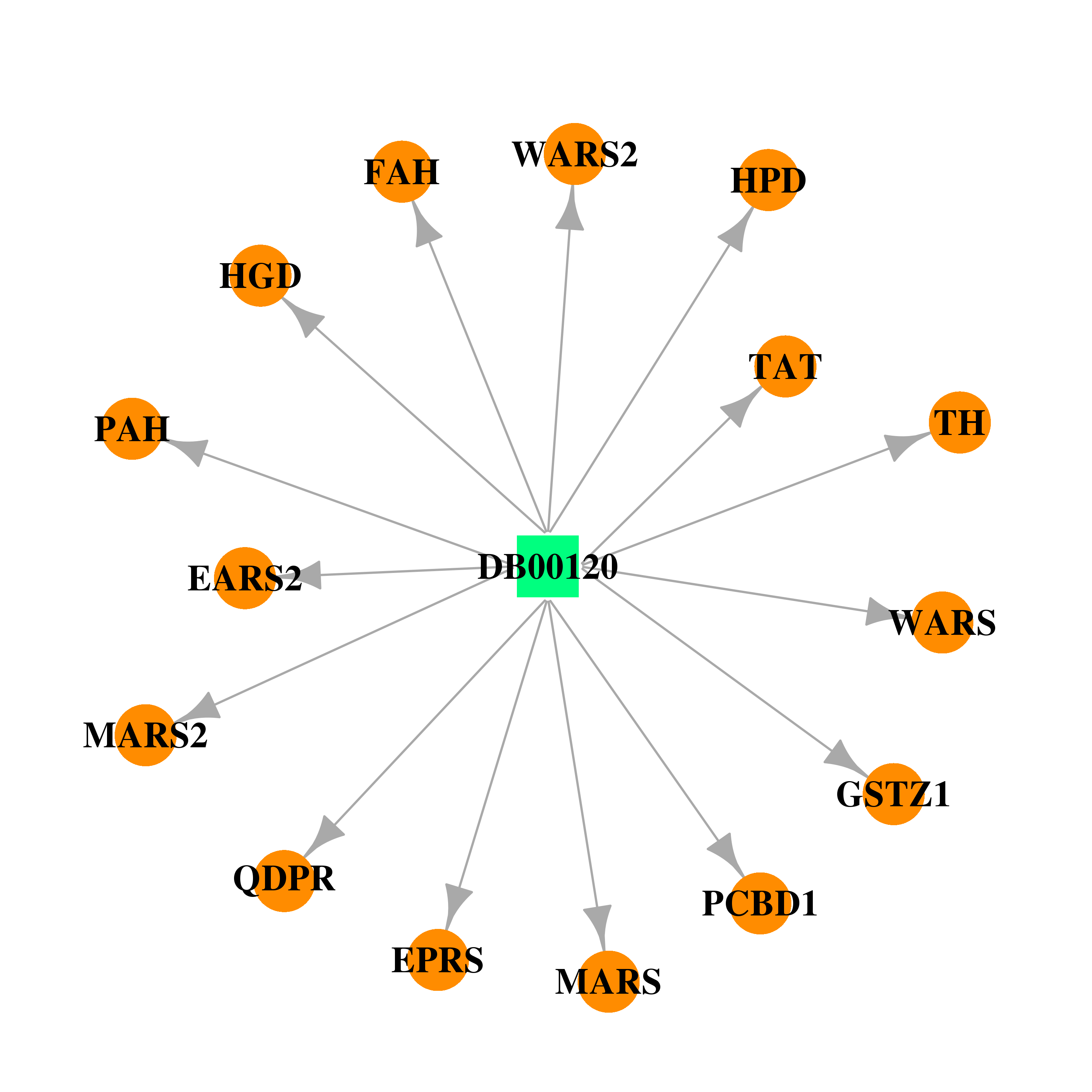 |  |
| DB00133 | glutamyl-prolyl-tRNA synthetase | approved; nutraceutical | L-Serine |  | 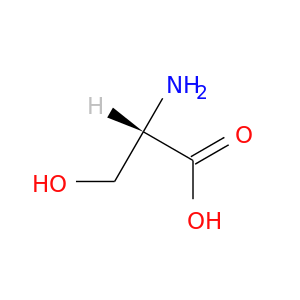 |
| DB00156 | glutamyl-prolyl-tRNA synthetase | approved; nutraceutical | L-Threonine | 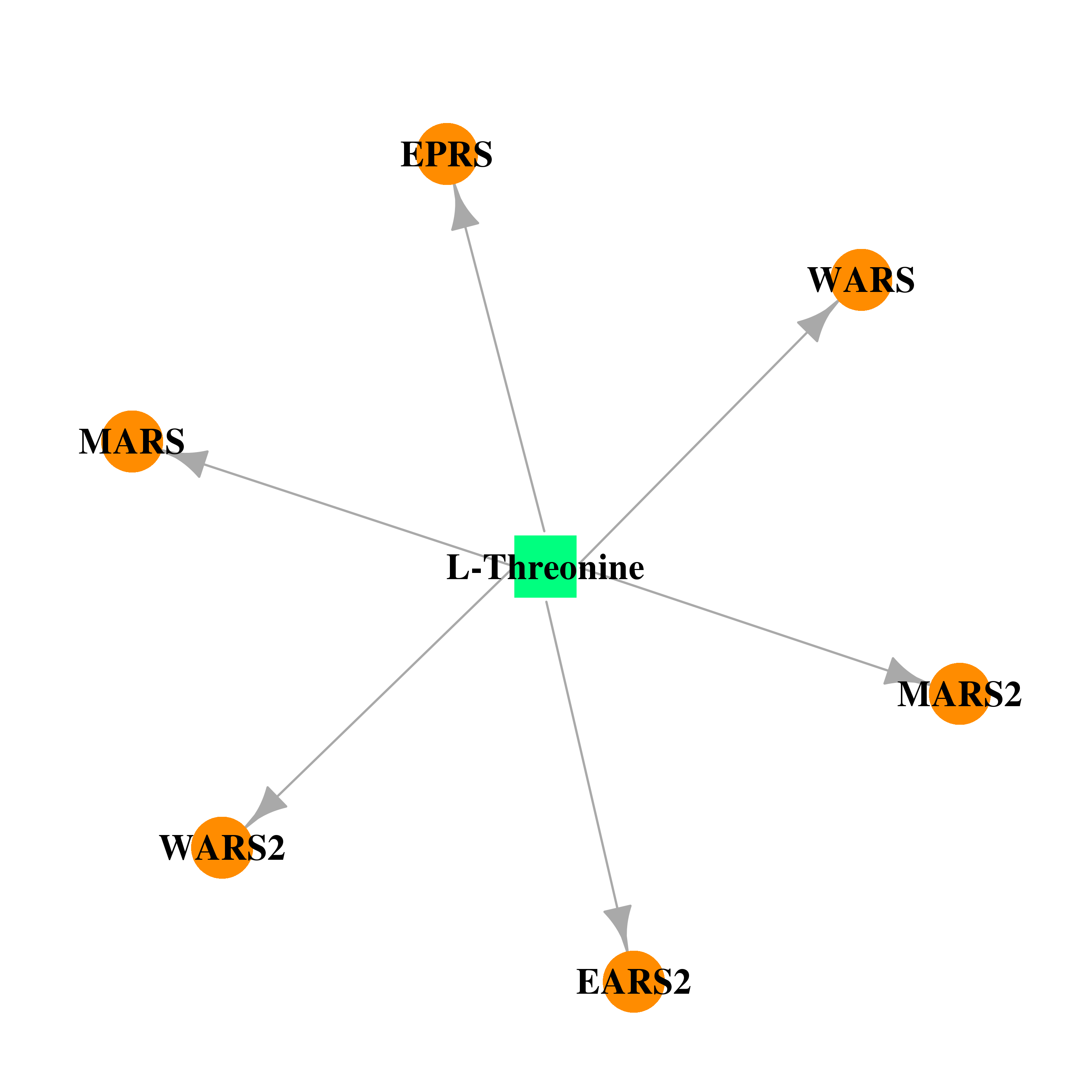 | 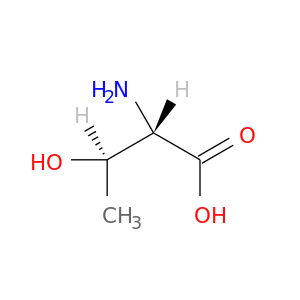 |
| DB00150 | glutamyl-prolyl-tRNA synthetase | approved; nutraceutical | L-Tryptophan |  | 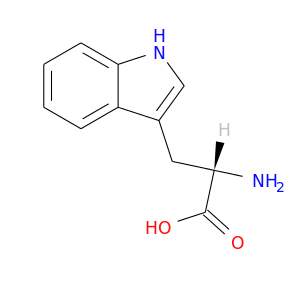 |
| DB00135 | glutamyl-prolyl-tRNA synthetase | approved; nutraceutical | L-Tyrosine |  | 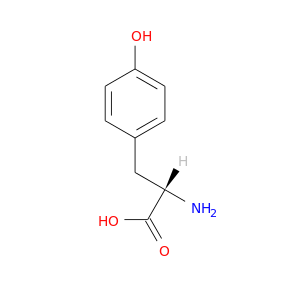 |
| DB00161 | glutamyl-prolyl-tRNA synthetase | approved; nutraceutical | L-Valine | 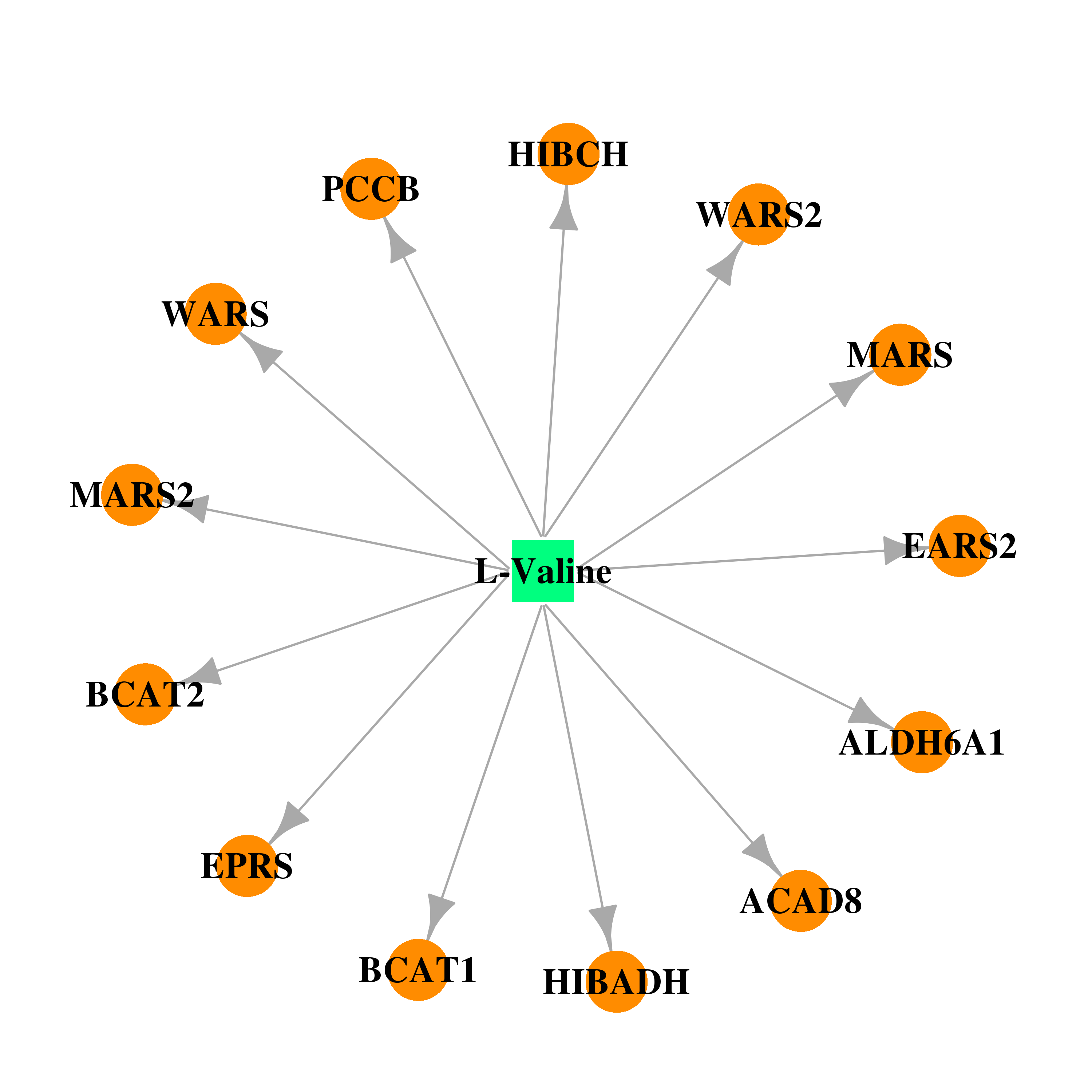 |  |
| Top |
| Cross referenced IDs for EPRS |
| * We obtained these cross-references from Uniprot database. It covers 150 different DBs, 18 categories. http://www.uniprot.org/help/cross_references_section |
: Open all cross reference information
|
Copyright © 2016-Present - The Univsersity of Texas Health Science Center at Houston @ |







